
Lord Scott
Founder of We Make History
"Dreaming a Dream for the Families of America"
We Make History
"Dreaming a Dream for Families"
A Center for
Heritage, Education & the Arts
Picture if you will a grand historic style ballroom, perhaps something after the fashion of Palladio or Wren, featuring magnificent pillars and portico, marble, an expansive wooden dance floor, spacious stage, fine sound and lighting, side galleries, an internal/external balcony and a beautiful lobby.
Imagine the tremendous blessing of such a facility in furthering our vision of utilizing heritage, education and the arts to support Arizona families, raise the bar on the level of culture in our area and positively impact the society around us!
Your friend, servant & benefactor in a good and noble cause...
Lord Scott
We Make History P.O. Box 12874 Scottsdale, AZ 85267
Below you shall discover a number of beautiful historic buildings as examples of the Georgian, Federal & Greek Revival styles. It is likely that a number of elements from these examples will come together in our Center for Heritage, Education & The Arts.
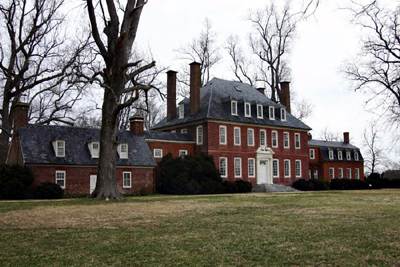
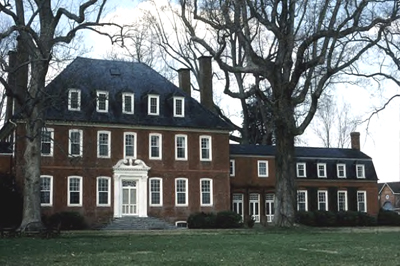
Westover Plantation 1730
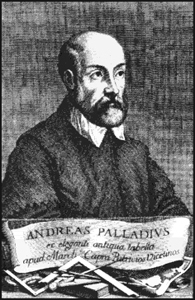
Andrea Palladio 1508-1580
Father of "Palladian" architecture who greatly influenced European and American styles over the next 250 years.
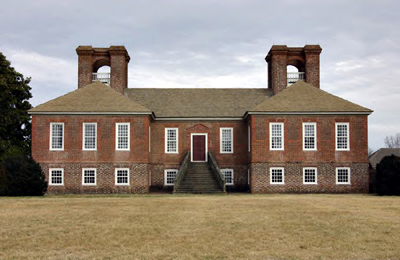
Stratford Hall 1738
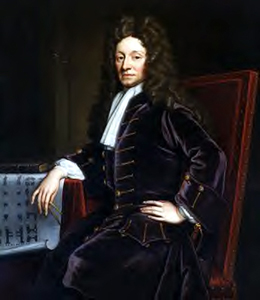
Sir Christopher Wren 1632-1723
The most influential architect of his day, he helped to rebuild London after the fire of 1666. Among his works are St. Paul's Cathedral in London with its famed rotunda and the College of William & Mary in Virginia. Much of Georgian architecture bears his influence.
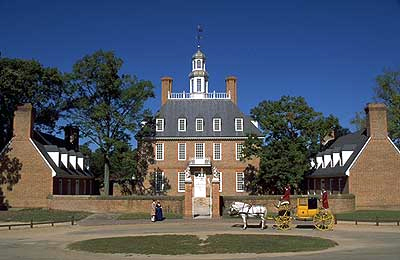
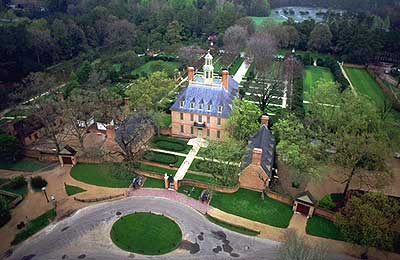
The Governor's Palace at Williamsburg, Virginia 1722
The frontal views to the upper and lower left show the formal approach and two key dependencies, each of which is gabled as is the main building. The aerial view on the upper right brings to light more dependencies as well as the landscaping including the formal garden. The view to the lower right reveals decorative details of the main gate and facade.
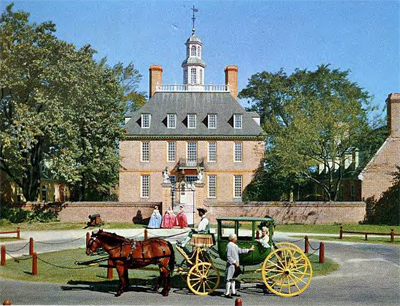
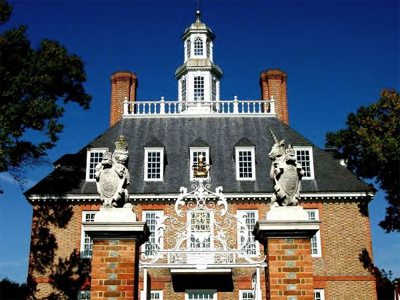
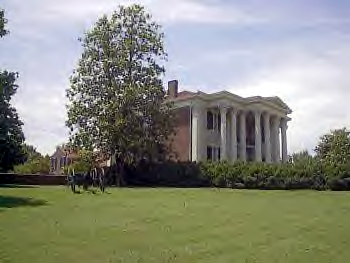
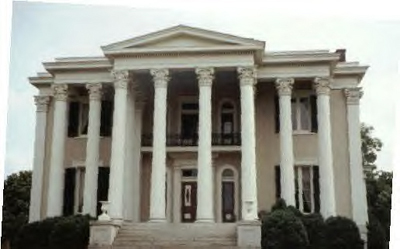
Rattle & Snap Plantation 1845
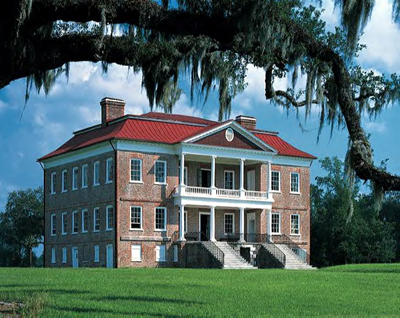
Drayton Hall 1738
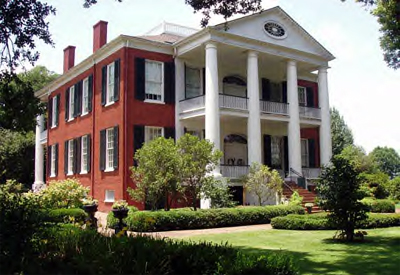
Rosalie 1822
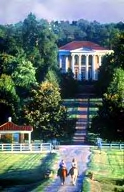
Another View of Rattle & Snap
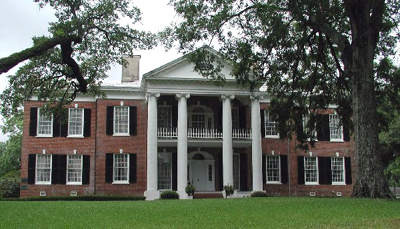
Auburn 1812
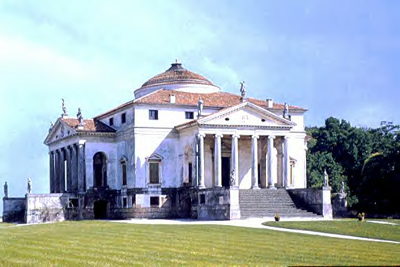
Villa Rotunda 16th Century
Palladio's masterpiece was a harbinger of both Georgian and Greek Revival styles.